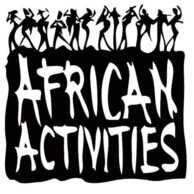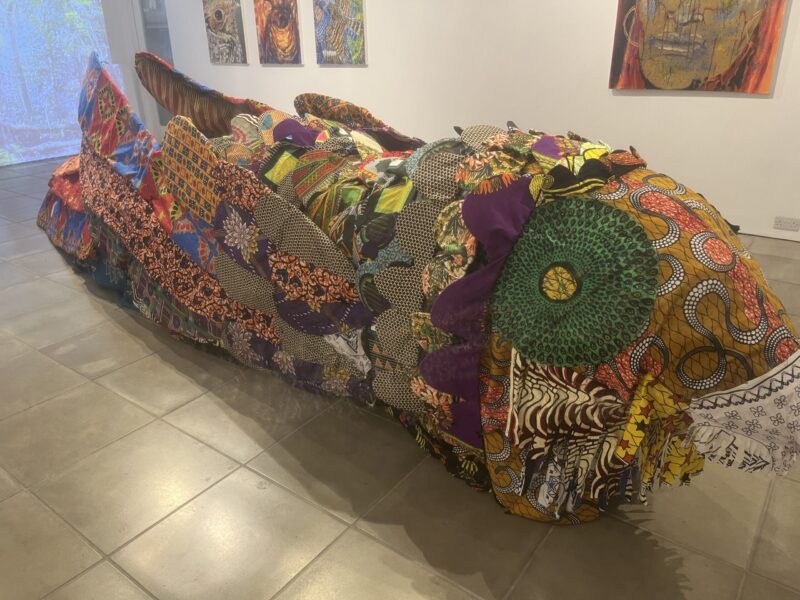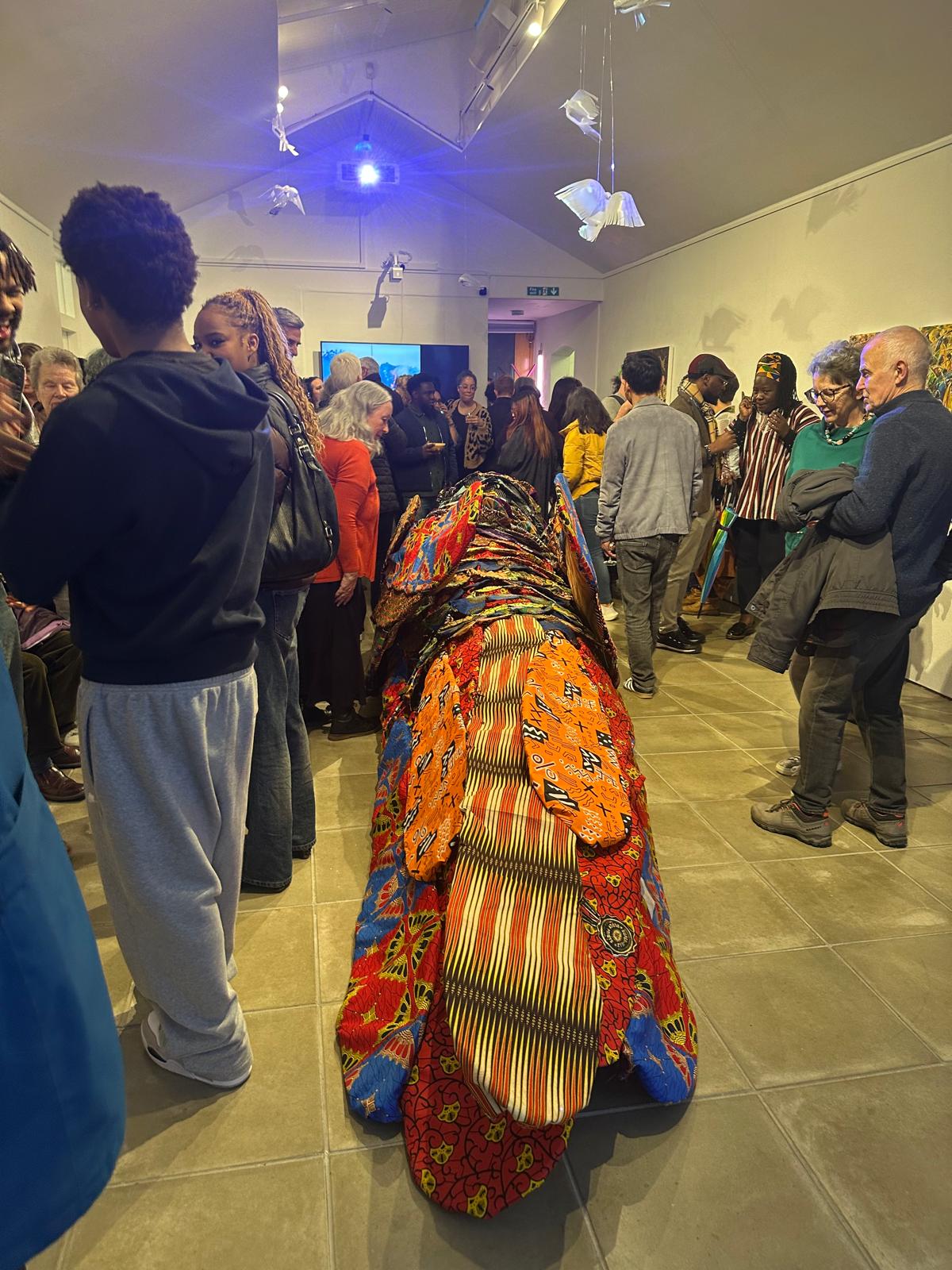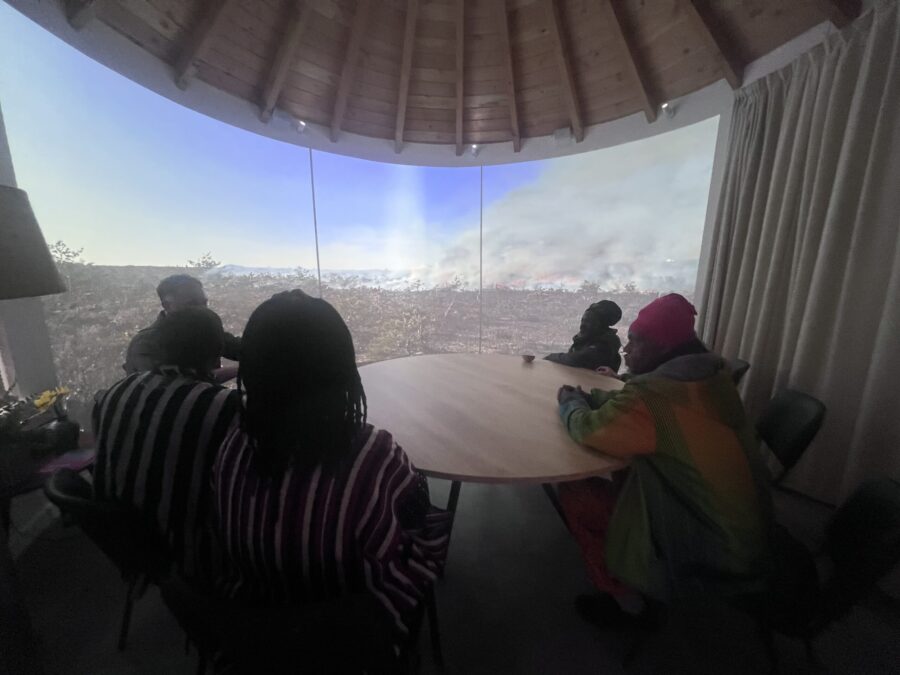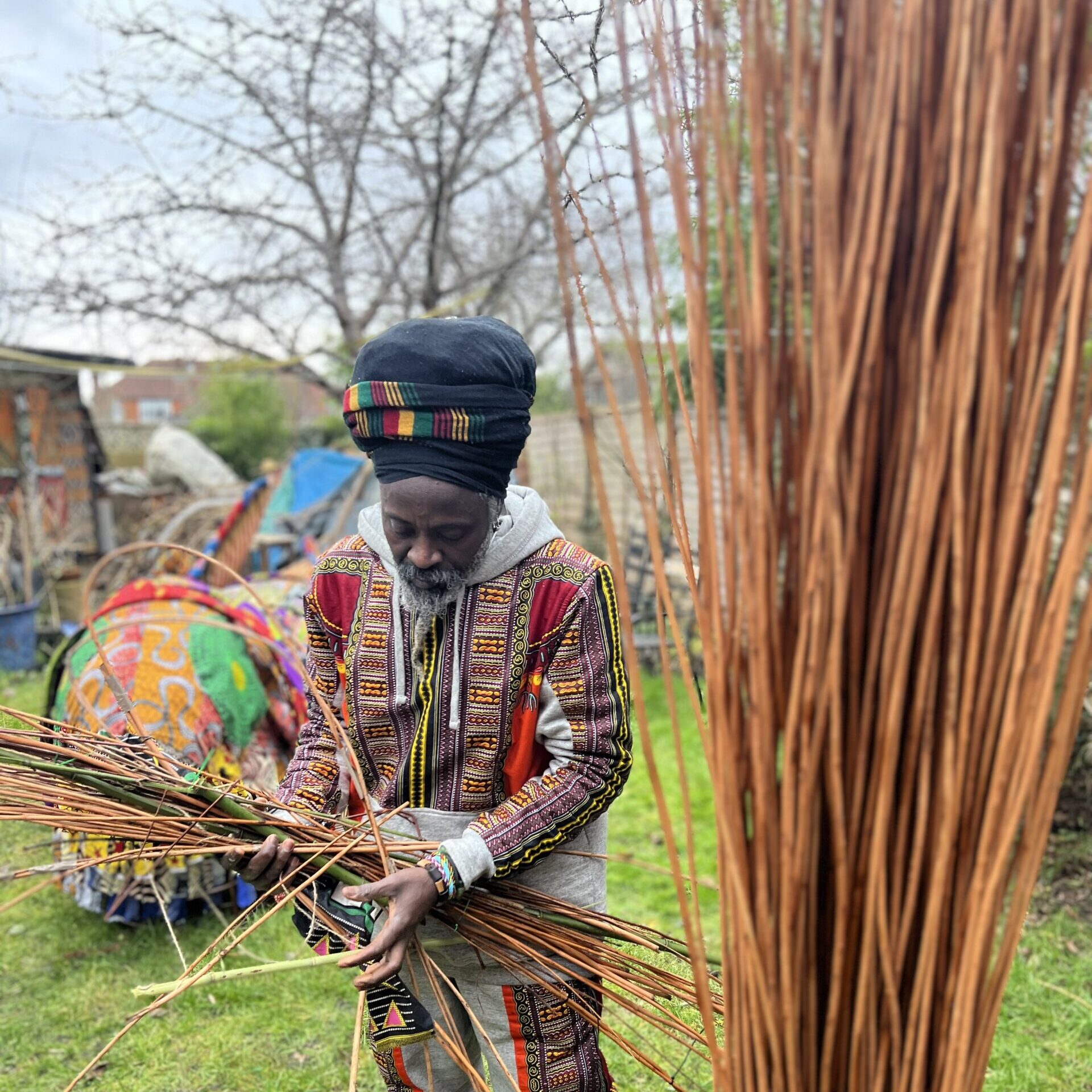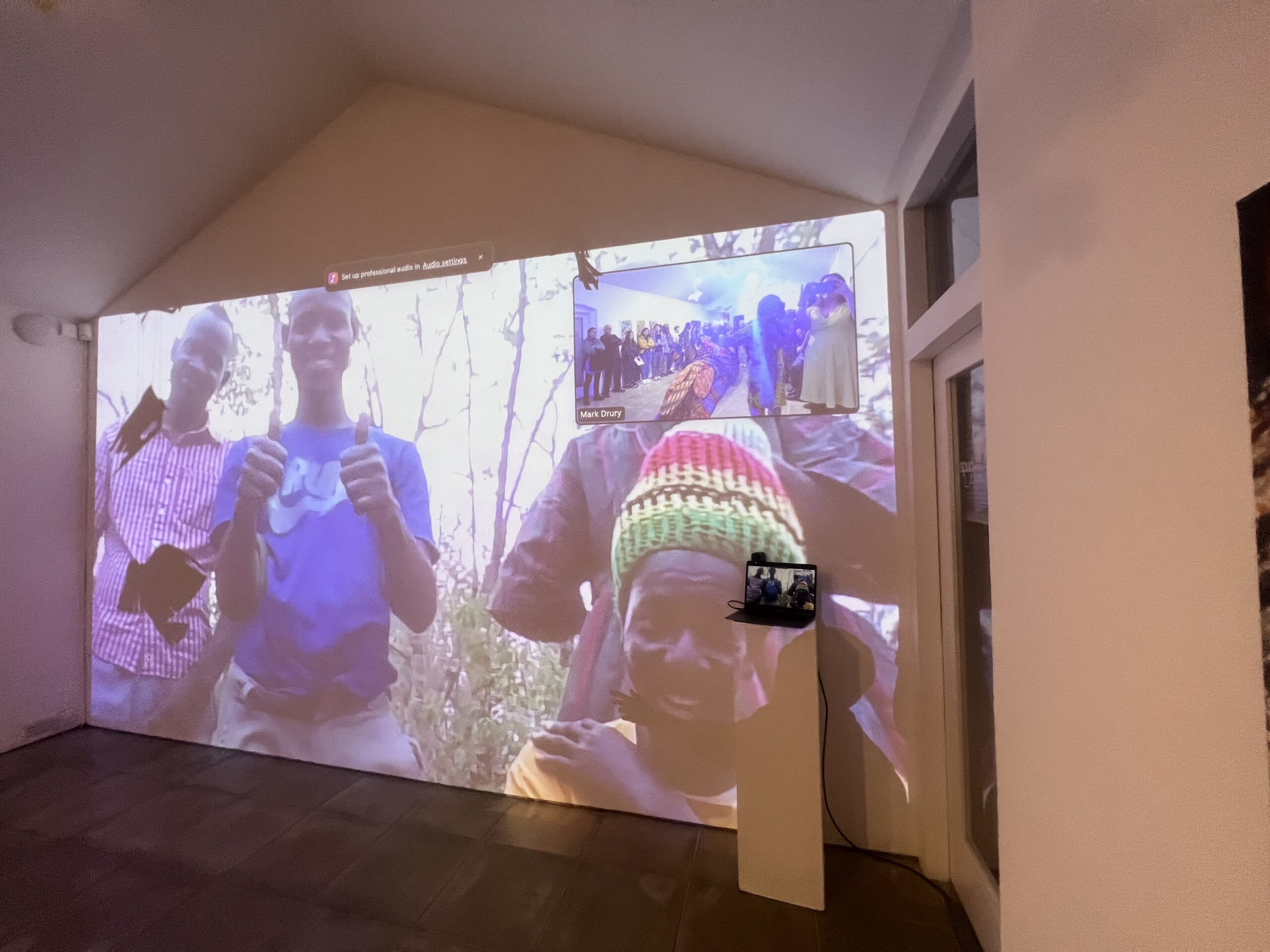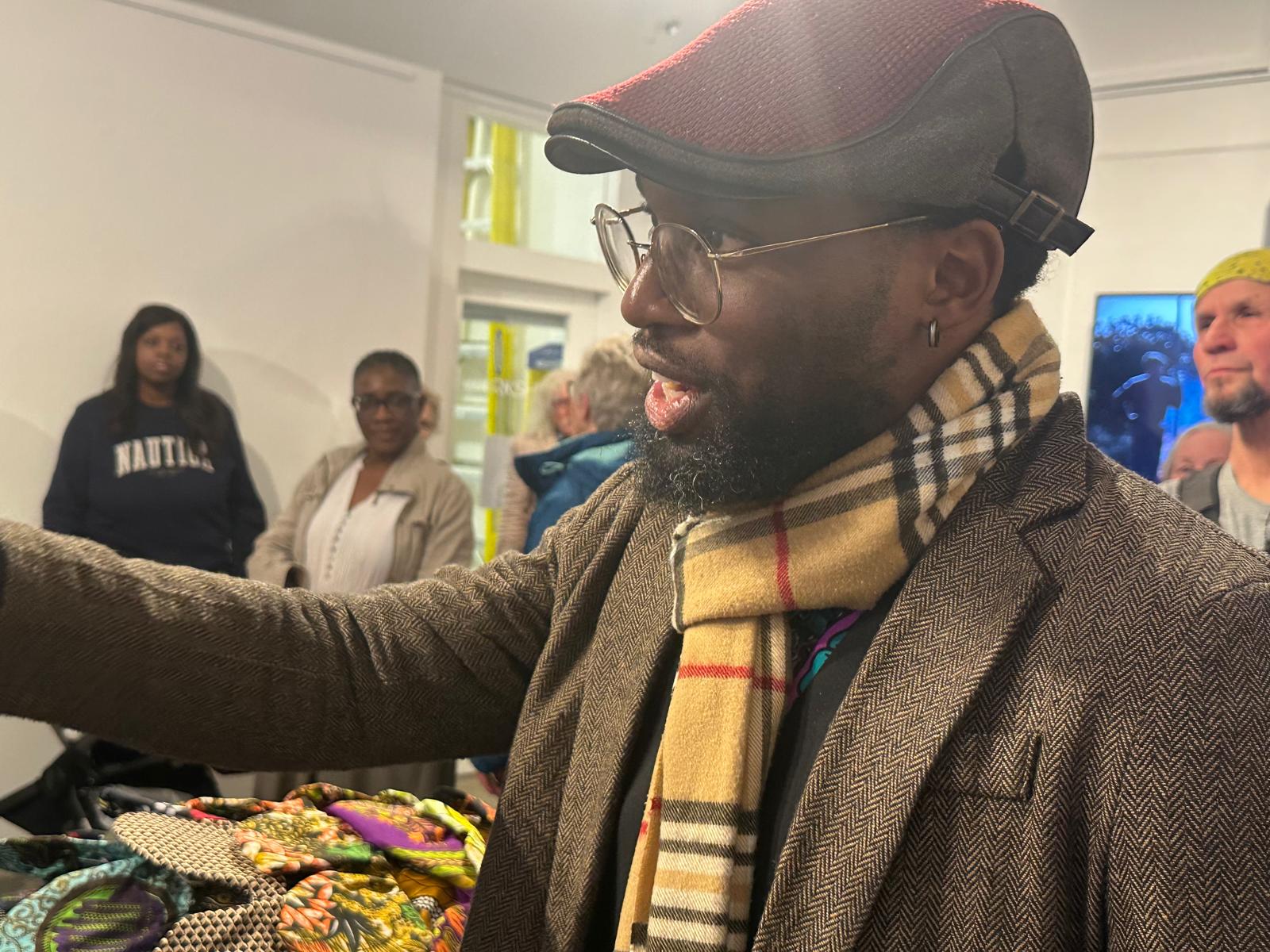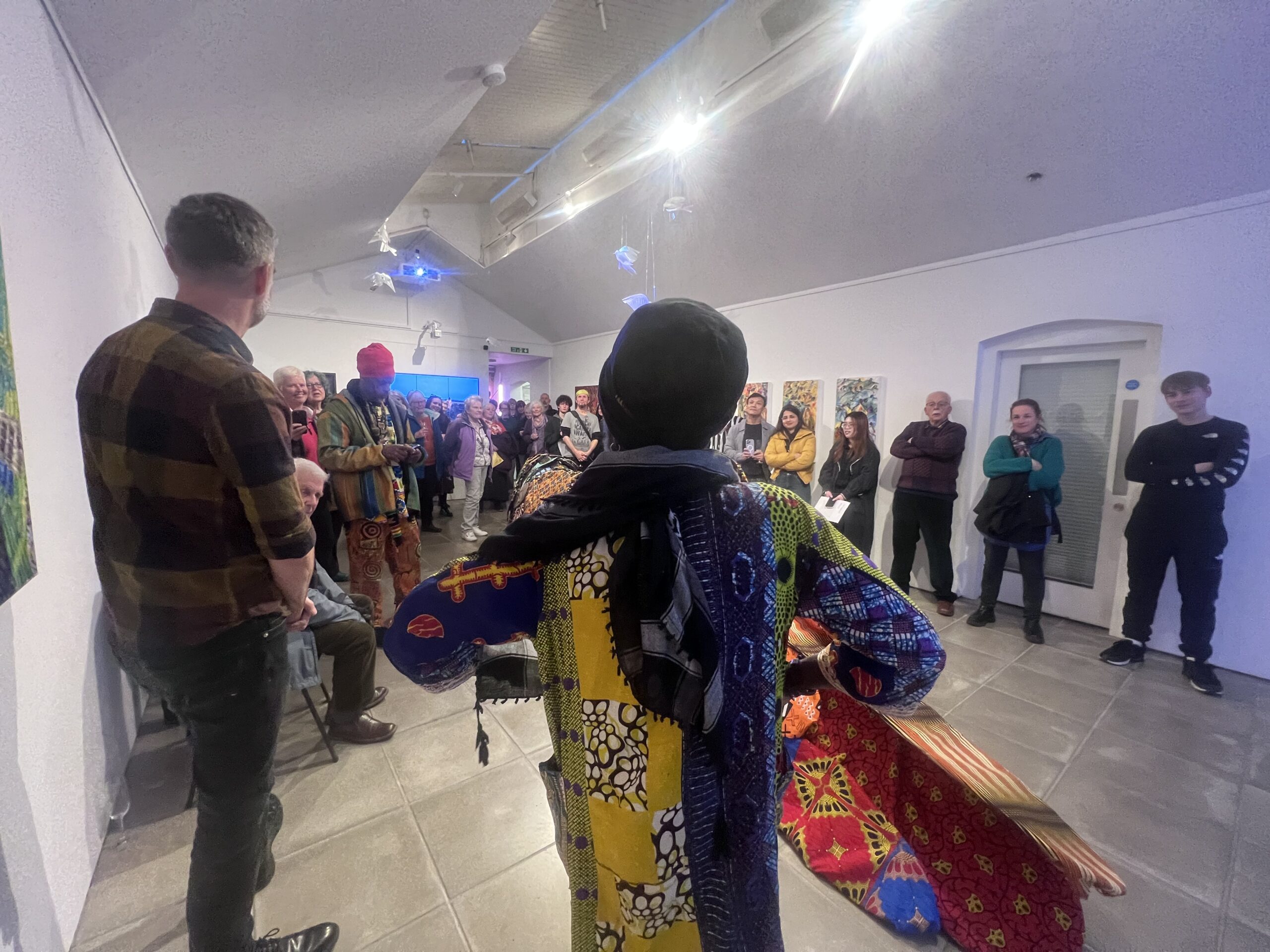The Nightjar Project
Rooted in Community and Carried by Cultures – A living celebration of migration, memory, and making
What We Did…
In just three months, the Nightjar project transformed from an idea into a powerful, multi-site creative movement. Rooted in both the New Forest and Ghana, we delivered a programme that was:
- Deeply collaborative
- Artist-led and community-informed
- Geographically and culturally expansive
- Built to engage, uplift, and inspire
It was a partnership between African Activities CIC, Spud, The New Forest District Council and the New Forest National Park.
We Held an Exhibition Like No Other
Hosted at SPUD, the exhibition featured paintings, sculpture, live performance, and film. SPUD described it as “the best opening night we’ve ever had.”
We brought together artists from Ghanaian, Caribbean, Nigerian, Zimbabwean, and Black British backgrounds to co-create something extraordinary — work that was joyful, participatory, and deeply rooted in lived experience.
A living, breathing link to Ghana ignited dance, drumming, and shared dreaming—crossing borders and sparking an ongoing creative dialogue between communities.
Black Voices Across the Forest
This was a seismic shift in cultural visibility. We connected with both long-settled and newly arrived Black communities across the New Forest — many of whom had never seen themselves reflected in local cultural spaces.
This included:
-
Community leaders
-
Artists and performers
-
Care workers and NHS staff
-
Families and volunteers
They didn’t just attend — they participated, performed, supported, and helped shape the work. Their presence created a joyful, legitimate visibility of Blackness in the rural South.
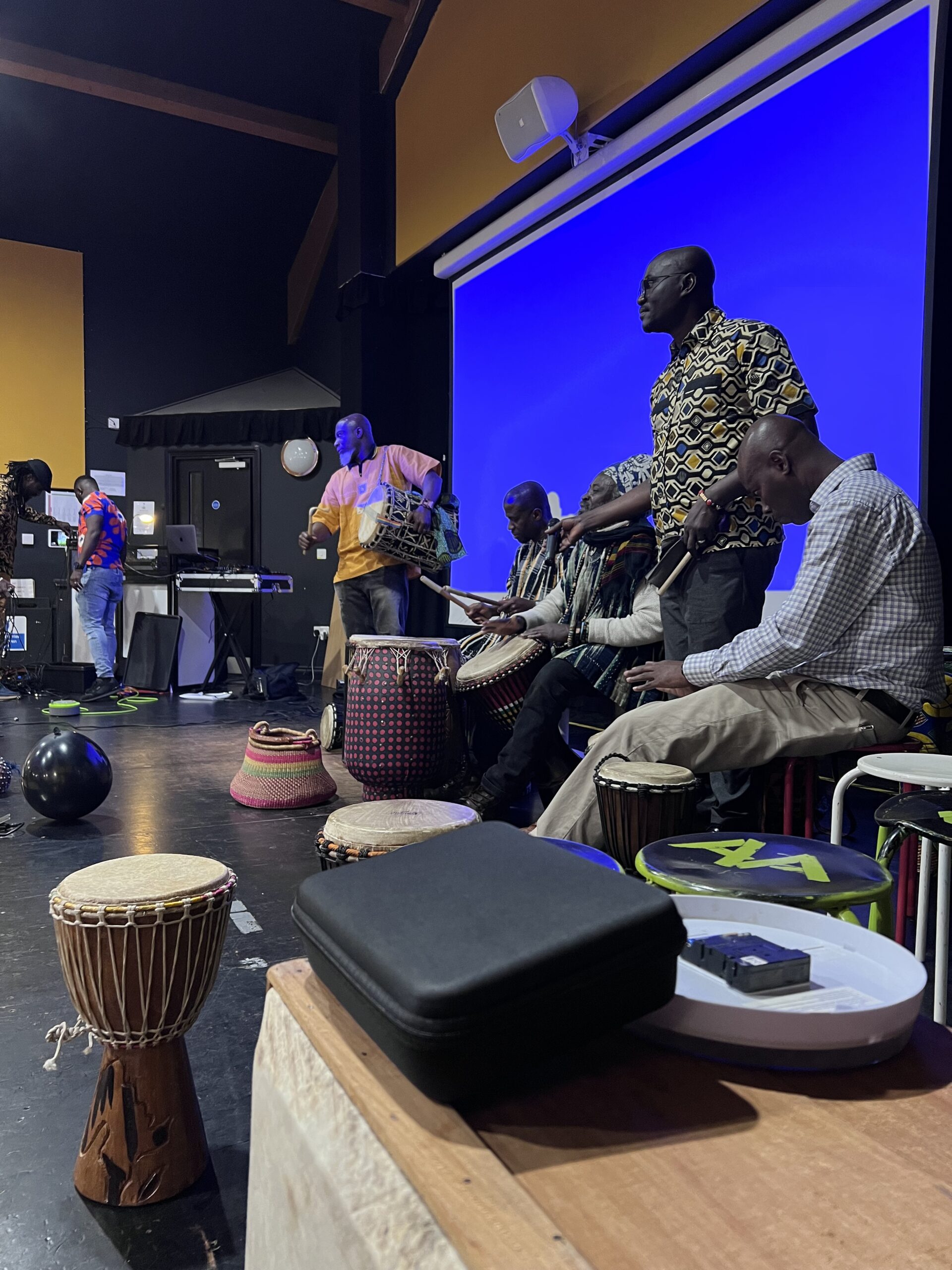
Powerful Workshops Co-Created the Exhibition
Through workshops in NHS units, schools, youth groups, care settings, and more, we:
-
Captured stories of migration, identity, and transformation
-
Explored traditional knowledge and well-being practices
-
Created space for people to express, reflect, and connect
These stories became the foundation of the exhibition — a community-authored artwork built through trust, story-sharing, and care.
“It was a fabulous afternoon, everyone loved it.”
“We’d love to do this again another time if the opportunity arises.”
“I think everyone left with a new perspective, we felt uplifted, joyful and in touch with our humanity. Also the drumming broke down many barriers and shows us that the world is one!”
Story Begins With What You Hear
The New Forest’s traditional practice of burning draws on Indigenous knowledge — rooted in deep connection to land. A rare exception in a world where such wisdom is too often ignored.
Through our partnership with Earth Child Ghana, we didn’t set out to teach, but to witness what happens when two Indigenous voices from very different worlds find each other. When voices long unheard are given space to speak — what can we learn, what have we lost, what might we regain?
We shared films of these UK burnings — made by artist James Elliott — with thousands across northern Ghana: in civic centres, remote villages, schools, and on the radio. We spoke with the King of Buipe, the Forestry Commission, hunters, farmers, and fisherfolk.
Again and again, the deepest insight came not from power, but from those closest to the land. Sparking intergenerational conversations — and a shift: culture and climate care, side by side.
We don’t claim answers. But we helped plant the right questions — ones that centre Indigenous knowledge and elevate those who steward land, not those who extract from it.
Something Vital Has Begun.
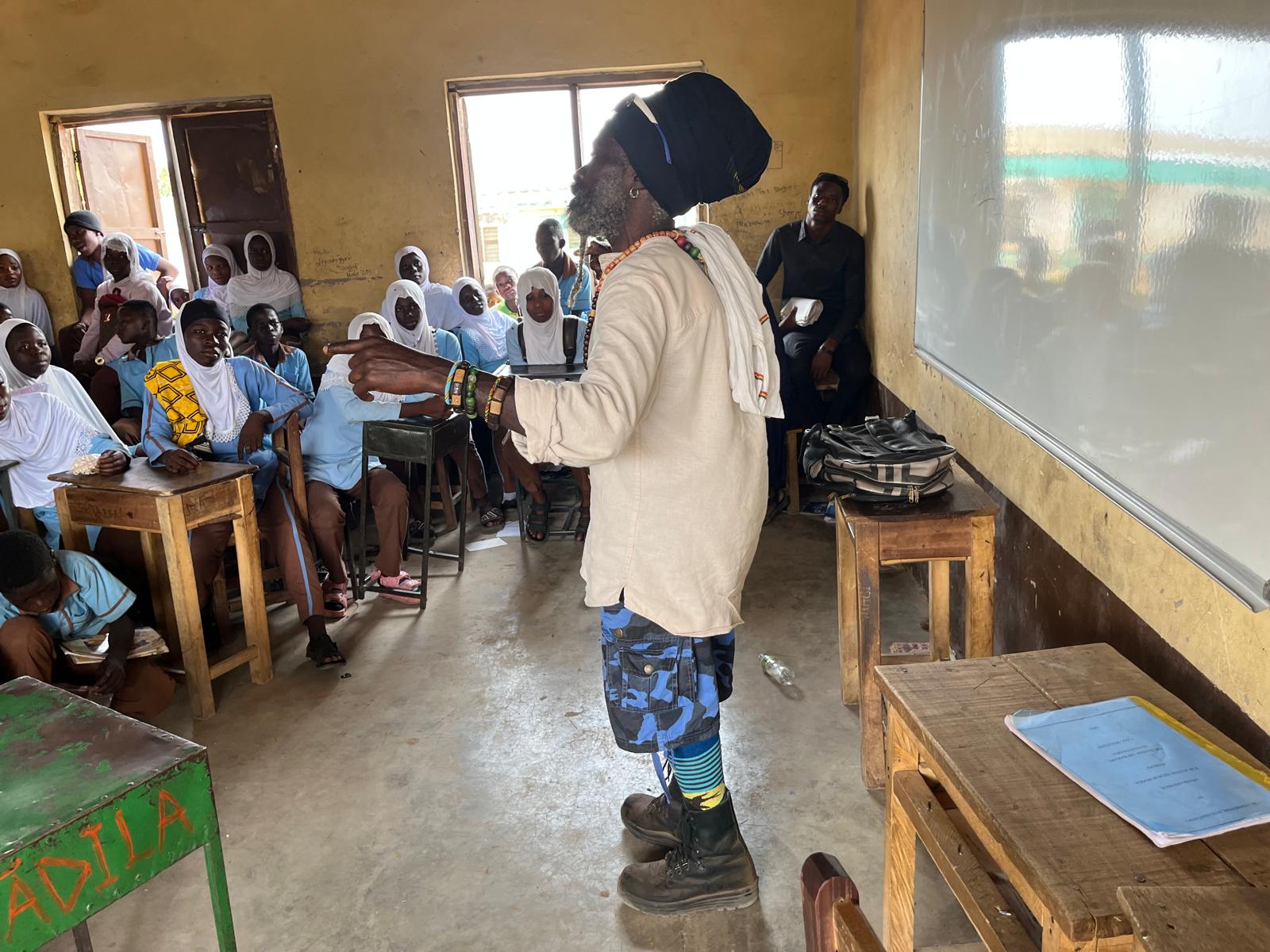

What We Achieved
-
Agile, cross-sector co-creation.
Co-created a multidisciplinary exhibition at pace, showcasing collaboration across arts, heritage, and environmental sectors. Celebrated cultural duality and ecological links between Ghana and the UK. -
14+ workshops across the Forest.
Activated schools, care homes, African associations, and community spaces with rich, high-quality programming. -
Mobilised Black communities.
Tackled exclusion and built belonging through drumming, storytelling, skills, and dialogue. -
Inspired climate action in Ghana.
Shared films that sparked intergenerational conversations on climate and responsibility. -
Led land justice conversations.
Held dialogues with Buipe’s King and civic leaders, blending indigenous knowledge with environmental action—informing our tree planting and school build. -
Preserved living heritage.
Linked artists and elders to safeguard traditional knowledge and support a UK-based digital archive. -
Planted for future generations.
Grew 35 acres of rosewood and native trees to support culture, climate, and livelihoods. -
Built cultural infrastructure.
Nearly completed a traditional skills school with accommodation and a regenerative tourism model. -
Delivered and learned.
Successfully ran our first funded project, building capacity and partnerships locally and internationally.
What’s Awakening?
We’ve awakened an energy.
Across the Forest, people want more: more space to express culture, more pride in heritage, more joy in identity.
Across Ghana, young people are seeing possibility — in staying, in creating, in building futures rooted in tradition but full of innovation.
Nightjar isn’t just a project. It’s a movement.
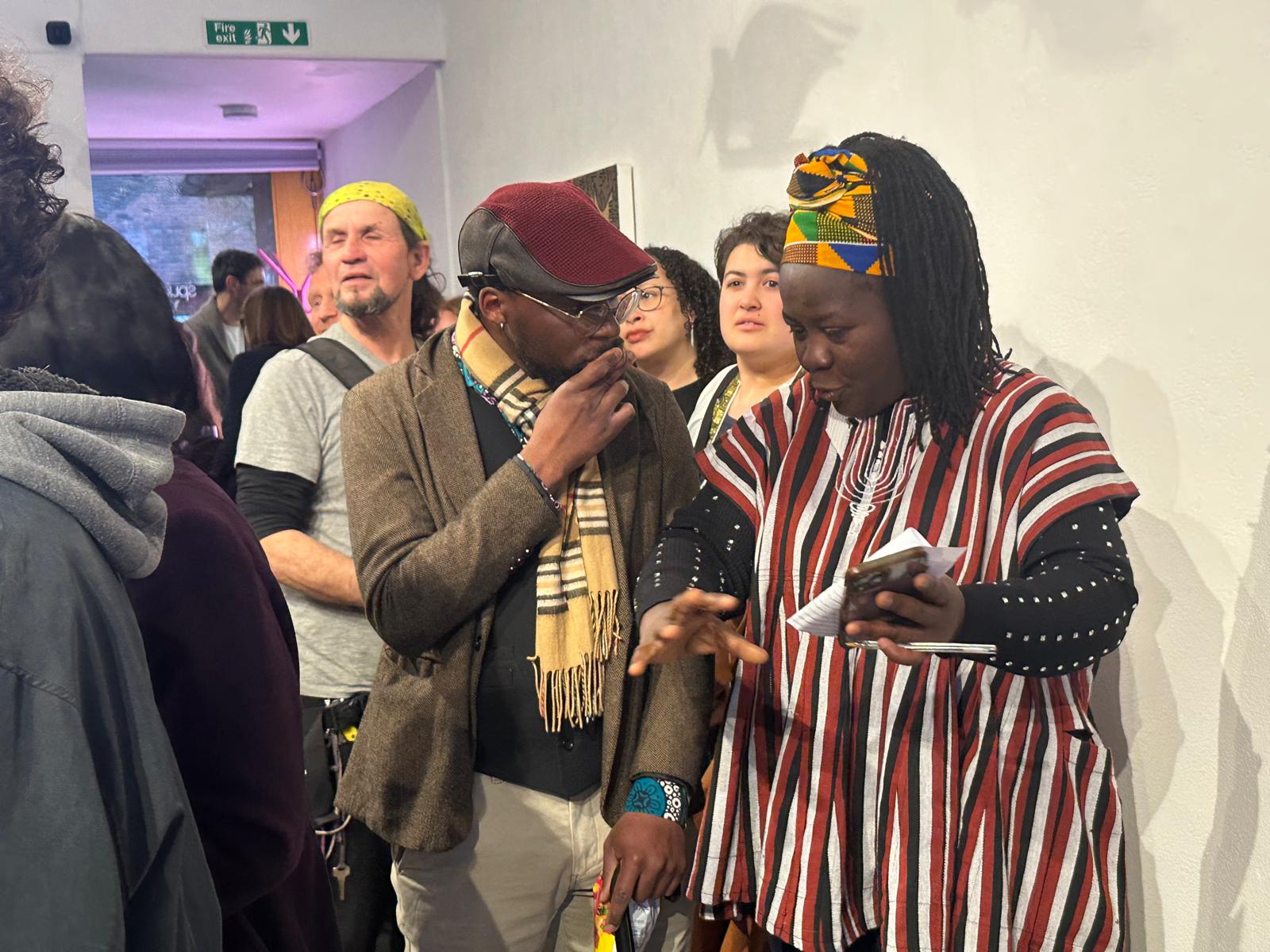
What's Next?
The story of Nightjar is unfolding through those who feel it most deeply — the “Nightjars” themselves: people living with dual belonging, cultural memory, and the right to exist fully and completely where they are.
These ideas haven’t come from a boardroom or blueprint. They’ve been offered by those who’ve journeyed with us — migrants, artists, carers, young people, and elders — as possibilities born of lived experience and collective imagination.
Together, we’re exploring where the story might go next:
- A children’s book co-created with young people who hold two homes in their hearts — a space to explore duality, identity, and joy.
- An artist incubator, shaped with migrants, to explore how traditional skills might support creativity, livelihoods, and cultural pride.
- Suitcase storytelling in care homes, where shared memory opens conversations around life under No Recourse to Public Funds (NRPF).
- Windrush memory tools, rooted in oral history, to honour legacy and offer comfort to those living with dementia.
- Creative care for Black heritage SEND families, responding to their call for therapeutic spaces where children are held and parents are heard.
- Support for student and community associations, through toolkits and storytelling circles that invite confidence, wellbeing, and connection to heritage.
- Raising visibility of NRPF, using play, animation, and narrative to bring lived realities into public understanding.
- A youth-led dance piece, born from the Forest and exploring what it means to move through more than one world at once.
- Community-led festivals, where African and Caribbean groups shape their own platforms to share culture, stories, and spirit — on their own terms.
- Expanding creative health work, in schools, care homes and community spaces — always co-designed, always rooted in rhythm and story.
- Strengthening our roots, by growing the infrastructure that allows us to hold this work with care and resilience.
- Continuing our cultural and climate exchange with Ghana, as new questions, new trees, and new traditions take root.
These aren’t outcomes. They’re invitations. Each one an idea in motion — waiting to be shaped by the people it touches.
Nightjar isn’t a programme to deliver. It’s a story to walk into — together.
Our work in Ghana is delivered by Earth Child Ghana, a Charity registered in Ghana, supported through African Activities CIC’s full cost recovery model. This means UK funders are not asked to finance overseas delivery, while we continue to deliver meaningful cultural exchange, mutual benefit, and shared learning.
Join the Nightjar Project
We’re seeking partners, and funders who believe in:
Creative excellence
Community power
Cultural joy
Long-term transformation
Get in touch. Help us build the next chapter.
